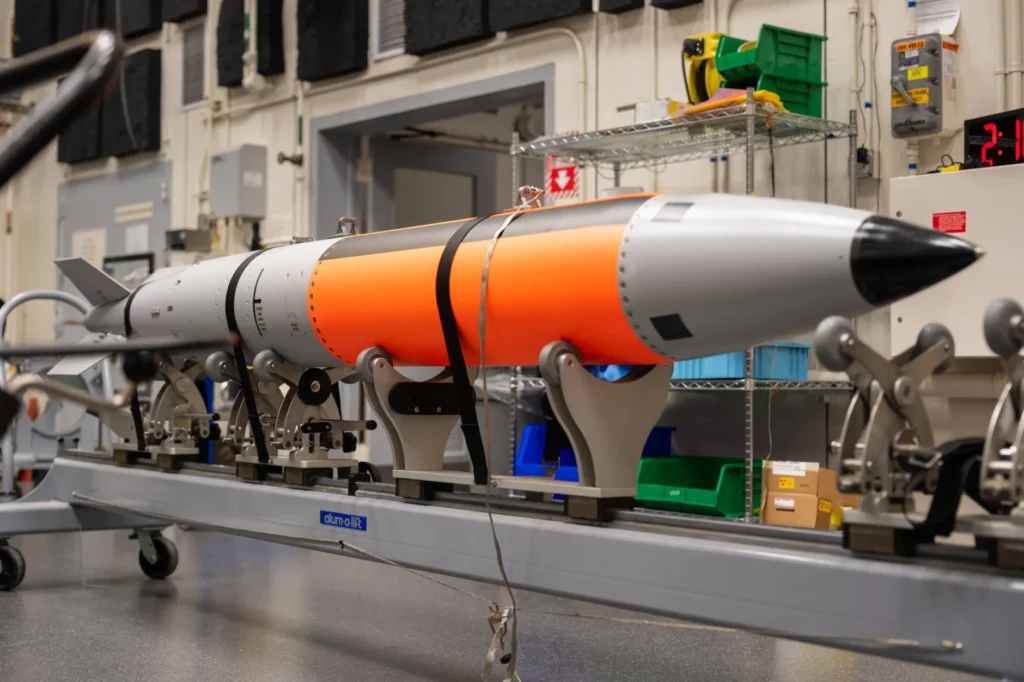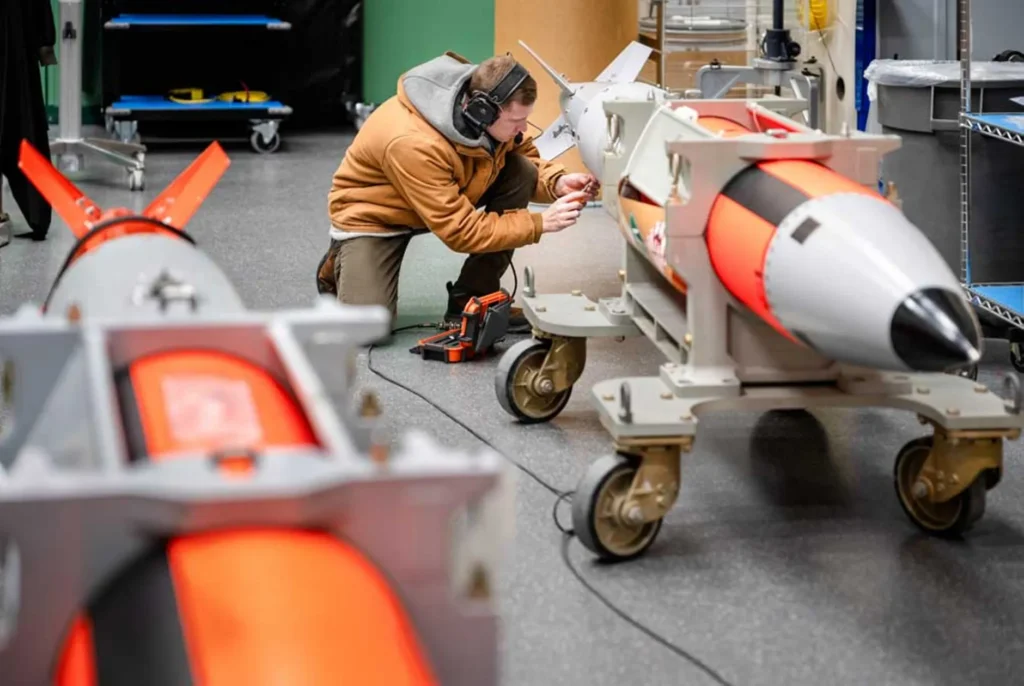The United States has commenced early production of the B61-13 nuclear gravity bomb, an advanced weapon system with a destructive capacity significantly higher than any previous iteration. According to Sandia National Laboratories, the new B61-13 is being developed seven months ahead of its original schedule, following a fast-tracked plan under what officials described as “innovative program planning.”

The B61-13’s accelerated development is part of the Department of Energy’s National Nuclear Security Administration’s 2023 initiative to modernize the US nuclear arsenal. The program has been adjusted to allow for a 25 percent faster completion rate than originally planned.
This nuclear bomb is a gravity bomb, designed to be dropped from aircraft rather than launched via missile systems. Reports indicate that its production cost is $92 million. Unlike earlier models, the B61-13 will be equipped with an advanced tail kit that enables guided delivery to a specific target, enhancing its precision.
According to specifications released by Sandia National Laboratories, the B61-13 builds on the design of the B61-7 bomb. It offers a variable yield ranging from 10 to 360 kilotons, allowing for use in diverse operational contexts while limiting unintended damage outside the strike zone.
Its maximum yield of 360 kilotons makes the B61-13 approximately 24 times more powerful than the atomic bomb dropped on Hiroshima during World War II. The Hiroshima bomb had a yield estimated between 12 and 18 kilotons, while the Nagasaki bomb produced between 18 and 23 kilotons.
The B61-13 will be integrated into the United States’ strategic bomber fleet. Initial deployment is planned aboard the B-2 Spirit stealth bomber, with eventual transition to the upcoming B-21 Raider, the US Air Force’s next-generation long-range bomber.
The B61 nuclear bomb series, originally introduced in 1968, is one of the longest-running and most widely deployed in the US arsenal. The B61-13 continues this lineage with new features that enhance delivery precision and destructive capability.

Parallel to its military developments, the US has also resumed diplomatic conversations regarding nuclear issues. President Donald Trump, speaking in a March interview, described nuclear weapons as a significant threat while acknowledging continued investment in the field. He characterized the destructive power of nuclear arms as far beyond conventional measures.
On Monday, Trump confirmed that the United States has re-entered direct nuclear negotiations with Iran, marking the first face-to-face discussions between the two nations since 2015. The president announced that a high-level meeting is scheduled for Saturday, involving senior officials from both countries.
Sources familiar with the matter reported that the ongoing talks are centered on re-establishing a nuclear deal, with a two-month timeframe proposed for reaching a new agreement. Iran’s Foreign Minister Abbas Araghchi stated that the opportunity also represents a test for both sides, adding that the next move belongs to the United States.
Previous invitations by the Trump administration for direct negotiations had been rejected by Iranian Supreme Leader Ayatollah Ali Khamenei. However, current diplomatic activity suggests a potential shift in approach. Trump noted that success in the talks would be in Iran’s best interest and added that failure to reach a deal could place Iran in a vulnerable position.
The renewed dialogue comes at a time of heightened geopolitical focus on nuclear capabilities, with the early development of the B61-13 adding to the broader landscape of international nuclear strategy.



